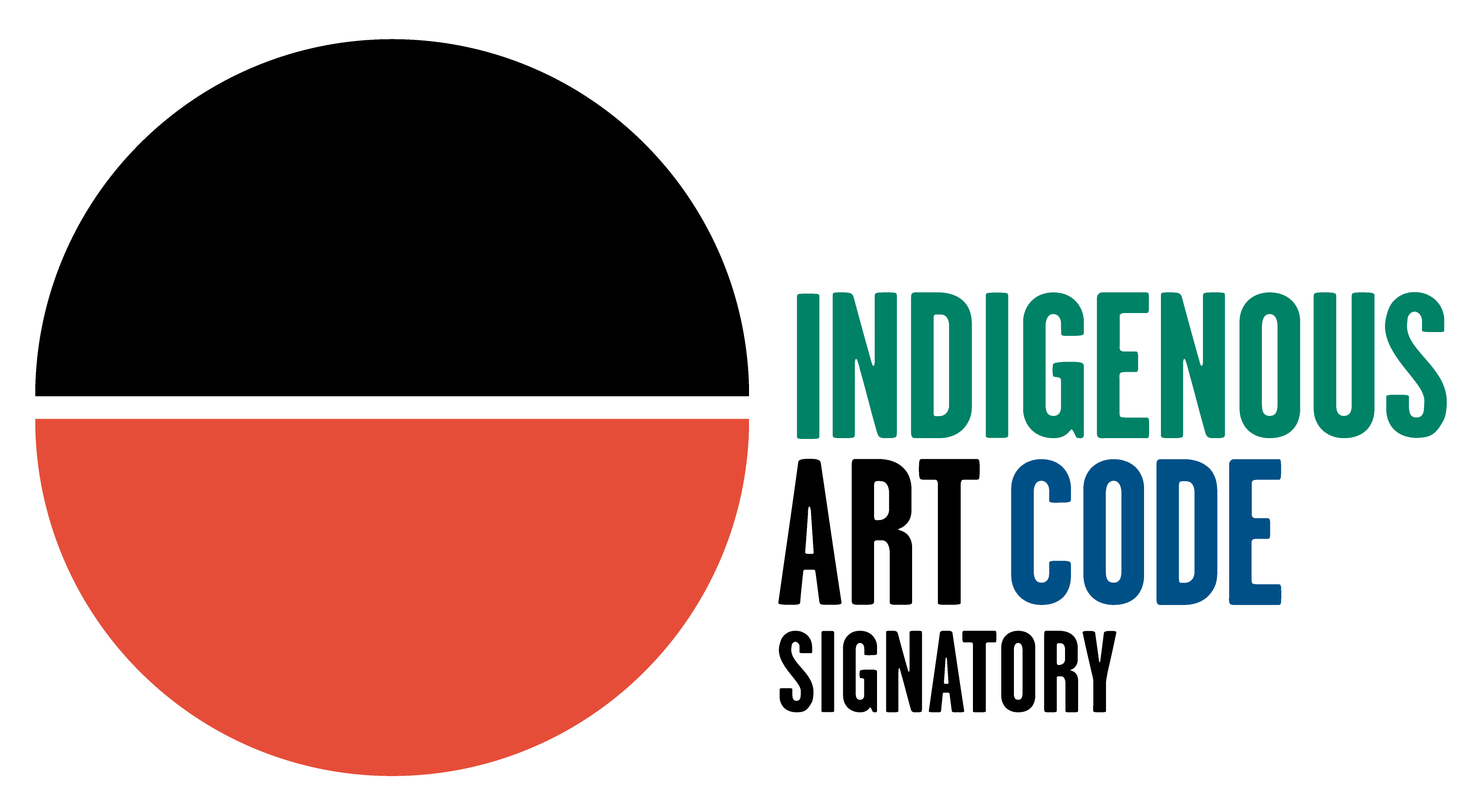'I was born in Mimili in 1951. I was still a little baby when I moved to Kenmore with my Father and Mother. My father worked for whitefellas digging wells and anything else. I stayed in Kenmore until I was a man. Then I moved to Ernabella for marriage. I have been a priest for over twenty years. I spent a long time travelling around, everywhere, Western Australia, Northern Territory, working for the church. Talking and singing, Inma. I still know traditional Tjukkurpa. These are good stories for Anangu. They show you how to look after people.'
Rupert Jack is renowned for his striking hand built forms that speak of his country, law and faith. His work depicts the maku (witchetty grub), tjala (honey ants), ili (bush fig), kaltu kaltu (bush seed that is ground into a flour to make a kind of damper and also Rupert’s father’s name) and ngata (bush berry) dreaming, as well as biblical stories of Moses and Abraham.
Informed by his knowledge of both traditional stories and the bible his work often draws connections between the two. Interestingly he employs the same visual language and iconography to depict both themes. In 2016 Rupert was featured in the Australian Biennale of Ceramics, curated by Glenn Barkley. In the catalogue Barkley described Rupert's work as celebrating "clays talismanic potential."

